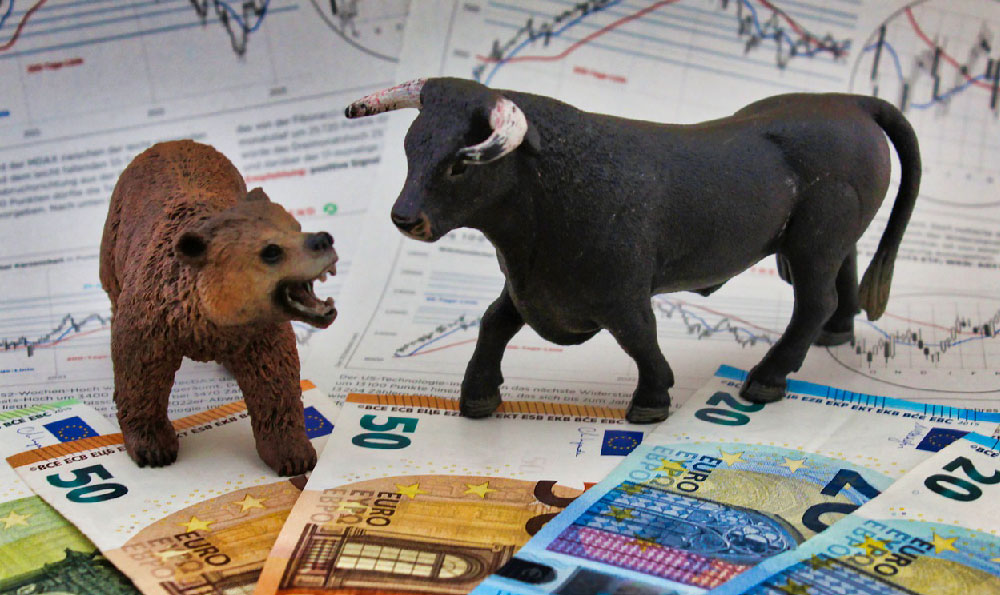Times Square, an iconic intersection and neighborhood in Midtown Manhattan, New York City, is far more than just a geographical location; it's a global symbol of vibrancy, entertainment, and the relentless energy of urban life. Understanding what Times Square is requires delving into its rich history, its cultural significance, and its enduring appeal. Similarly, pinpointing its exact location necessitates appreciating its unusual, almost abstract, boundaries within the city's meticulously planned grid system.
Times Square is not a square in the traditional sense. It's more accurately described as a bowtie-shaped intersection formed by the convergence of Broadway, Seventh Avenue, and 42nd Street. This geographical anomaly is crucial to understanding the area's character. The meeting of these major thoroughfares creates a dynamic flow of pedestrian and vehicular traffic, contributing to the perpetual motion that defines Times Square. Think of it as a nexus point, a place where different streams of urban energy collide and coalesce into something extraordinary.
Its origins can be traced back to the late 19th century. Initially known as Longacre Square, the area was relatively undeveloped, characterized by horse farms and carriage businesses. The turning point came in 1904 when The New York Times newspaper moved its headquarters to a new building on 42nd Street. To honor the newspaper's presence, the city officially renamed the area Times Square. This marked the beginning of its transformation into the entertainment and commercial hub it is today. The famous New Year's Eve ball drop, an event started to celebrate the opening of the new Times Tower, quickly became a national tradition, further solidifying the area's prominence.

The subsequent decades saw the rise of theaters, vaudeville houses, and opulent hotels, attracting crowds from all walks of life. Times Square became synonymous with Broadway, the heart of American theater. The dazzling lights, the colossal billboards, and the sheer concentration of entertainment venues created an atmosphere unlike any other in the world. However, this golden age was not without its challenges. By the mid-20th century, Times Square had fallen into disrepair, plagued by crime and urban decay. The once-glamorous theaters became adult entertainment establishments, and the area gained a reputation for seediness.
In the 1990s, a concerted effort was made to revitalize Times Square. Public and private investments poured into the area, transforming it into the family-friendly tourist destination it is today. The adult entertainment businesses were largely pushed out, and new businesses, including chain restaurants and retail stores, moved in. The iconic billboards were modernized with digital technology, creating a spectacular display of light and color. While this transformation was successful in attracting tourists and boosting the local economy, it also sparked debates about the area's authenticity and cultural identity. Some argue that the sanitized Times Square lacks the grit and edge of its past, while others celebrate its safety and accessibility.
Now, to pinpoint its location more precisely: Times Square stretches roughly from West 42nd Street to West 47th Street, between Broadway and Seventh Avenue. It's located in the heart of Midtown Manhattan, making it easily accessible by subway and other forms of public transportation. The area is surrounded by other notable landmarks, including the Theater District, Bryant Park, and Grand Central Terminal. The bright lights and towering billboards are concentrated along Broadway and Seventh Avenue, creating a visual spectacle that is instantly recognizable. The pedestrian plazas, which were created by closing sections of Broadway to vehicular traffic, provide ample space for tourists and locals to gather and soak in the atmosphere.
What truly sets Times Square apart is its constant state of flux. It's a place where trends are born, where celebrations are held, and where the pulse of the city can be felt most strongly. From the costumed characters vying for attention to the street performers showcasing their talents, Times Square is a melting pot of creativity and ambition. It’s a place where millions of people from all over the world come to experience the magic of New York City.
Beyond its entertainment and commercial appeal, Times Square also serves as a symbolic representation of American capitalism and consumer culture. The towering billboards advertising the latest products and services are a constant reminder of the power of advertising and the relentless pursuit of profit. It can be argued that Times Square embodies both the best and the worst aspects of American society – its boundless energy and innovation, as well as its materialism and superficiality.
In conclusion, Times Square is a complex and multifaceted entity. It's not just a place on a map; it's a cultural phenomenon, a symbol of New York City, and a reflection of American society. Its location in Midtown Manhattan makes it a central hub for entertainment, tourism, and commerce. Its history, from its humble beginnings as Longacre Square to its transformation into a global icon, is a testament to the city's dynamism and its ability to reinvent itself. Whether you love it or hate it, Times Square is an undeniable force, a place that continues to capture the imagination and draw crowds from around the world. Understanding its history, its location, and its cultural significance is essential to understanding the essence of New York City itself.












